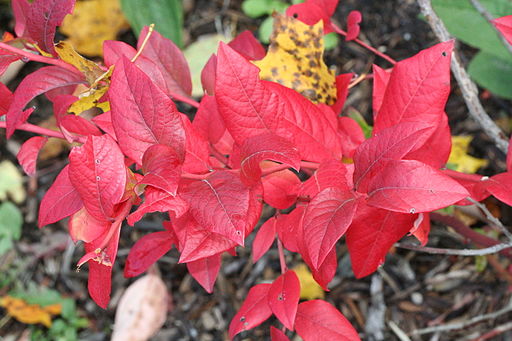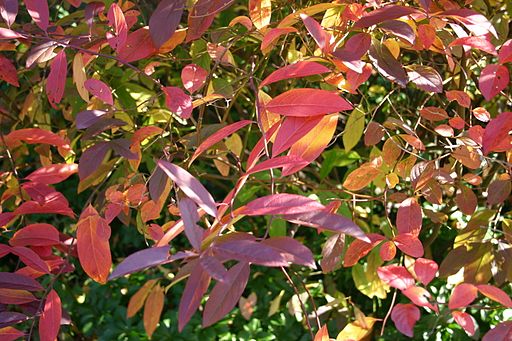Blog
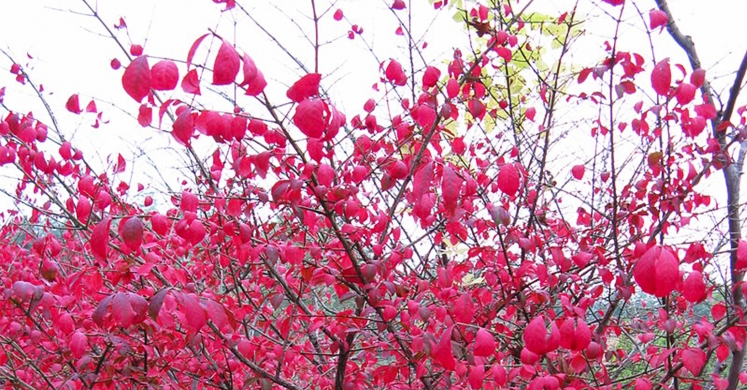
Ask Dr. Phipps: Burning Bush Alternatives
Q: What can you tell me about burning bush? Is this a good option for a fall color shrub? I see a lot of them around town and for sale at nurseries. Are there other options?
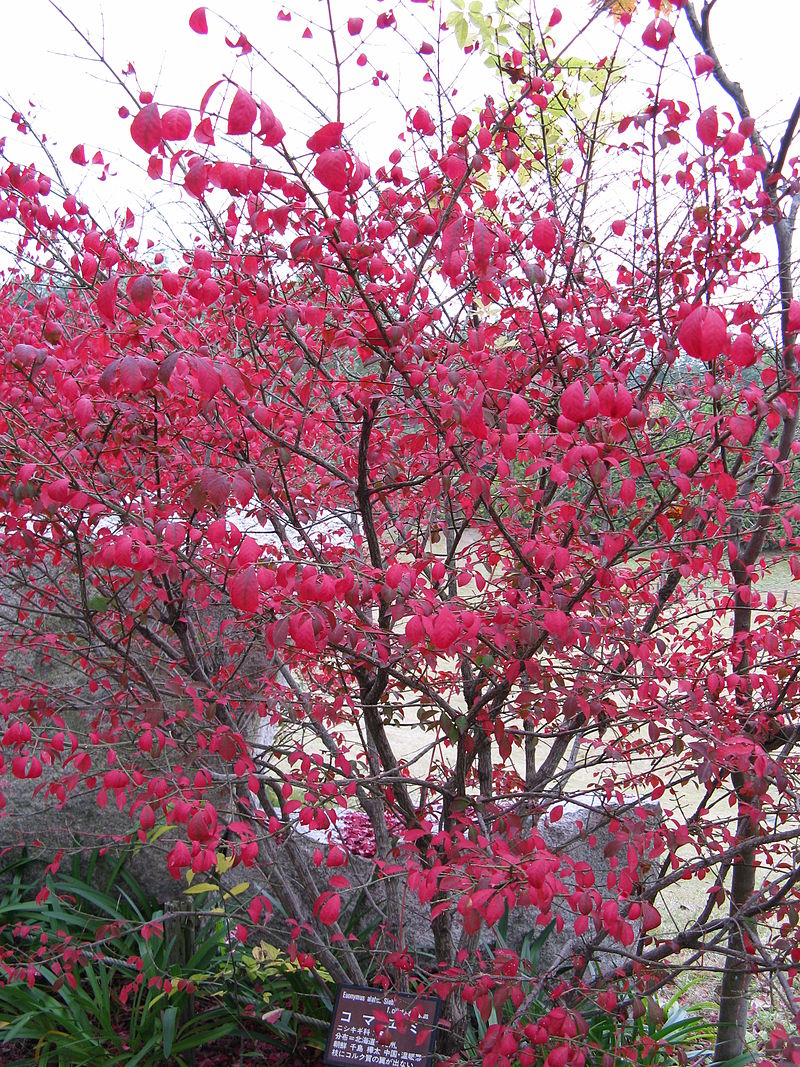
A: Burning bush (Euonymus alatus) is a popular landscape plant sold by local nurseries. It is so popular because of its beautiful, vibrant fall color. Unfortunately, burning bushes reproduce quite rapidly from seeds and are spreading into our local forests and wooded areas where they outcompete native shrubs and shade out native herbs. For these reasons, burning bush is classified an invasive plant in Pennsylvania, Maryland, Virginia and other nearby states. Burning bushes should not be used in landscape plantings.
Luckily, there are many alternatives to burning bush that are just as brilliant with red fall color. Red chokeberry, Virginia sweetspire, highbush blueberry, possumhaw vibernum and ninebark are all possible alternatives. In addition to these options, dwarf fothergilla is a nice choice for a lower growing shrub with fall color. Some information about these plants is included below. Follow the links included to see their growth habits and lovely fall color.
In addition, almost all of these plants (or a variety of these plants) have been selected as Phipps Top 10 Sustainable Plants. These plants are non-invasive, resistant to disease and insects and require little or no watering or fertilization once established. The year they were selected along with the specific variety to be featured is given below. To learn more about Phipps Top Ten Sustainable Plants, visit here.
Burning bush alternatives
Fragrant sumac (Rhus aromatic) – Fragrant flowers in spring provide nectar source for adult butterflies. Fall colors are of red, yellow and orange. Looks great grown in masses as can be found in nature. Grows 2 – 6 feet tall and 6 – 10 feet wide. (Dwarf variety ‘Gro-Low’, Phipps Top 10 Sustainable Plant, 2010)
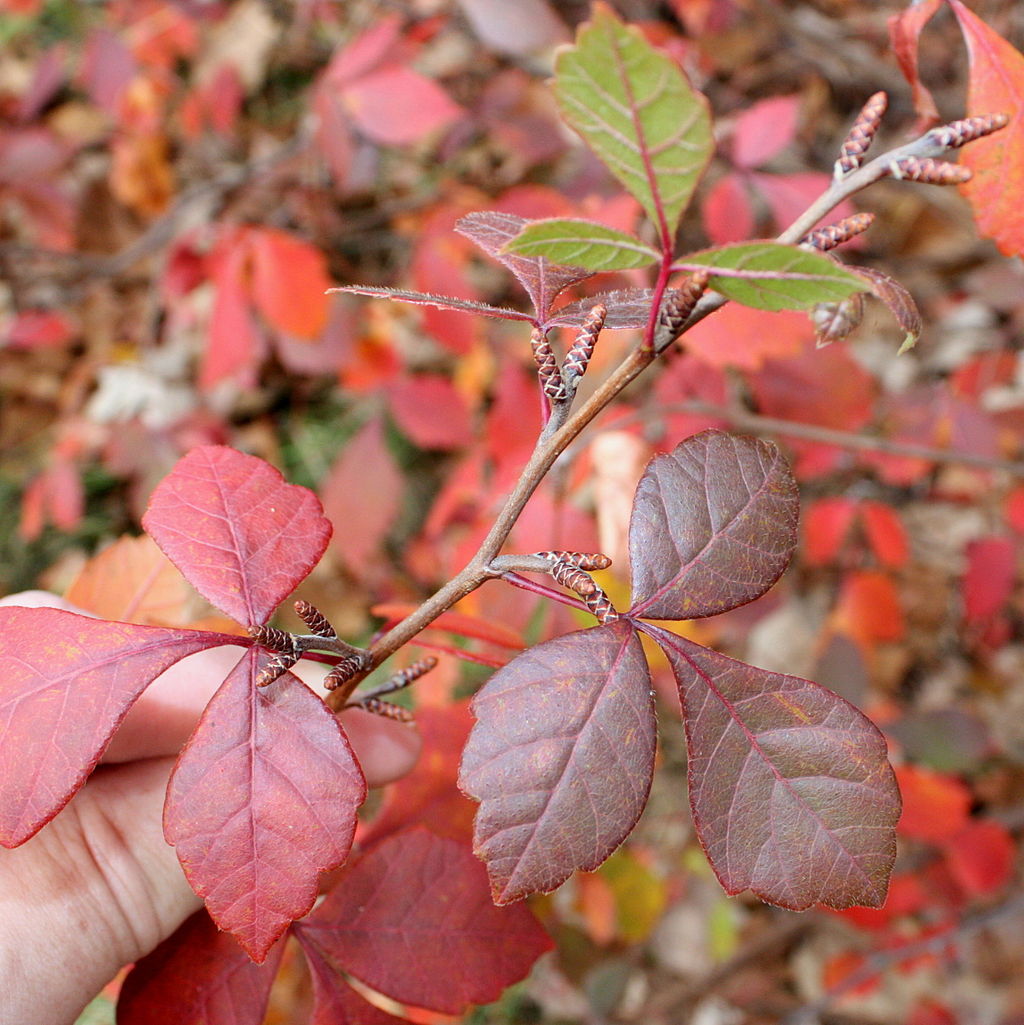
Highbush blueberry (Vaccinium corymbosum) – Highbush blueberries enjoy rich, well-drained acidic soil. For best results amend the soil with sulfur up to 1 year before planting so that the pH is right for planting blueberries in Pittsburgh’s alkaline soil. Blueberries are edible and attract a lot of birds and butterflies. They can be grown in hedges and get to be 12 feet tall and wide.
Ninebark (Physocarpus opulifolius) – Has beautiful red fall foliage and showy spring blooms with white or pink flowers. Ninebark enjoys a site with full sun or part shade conditions. It prefers acidic, well-drained soil but tolerates a variety of soil conditions including juglone from black walnuts. They look nice grown as a hedge and get to be 5 – 8 feet tall and 4 – 6 feet wide. (Variety ‘Diabolo’, Phipps Top 10 Sustainable Plant, 2013)
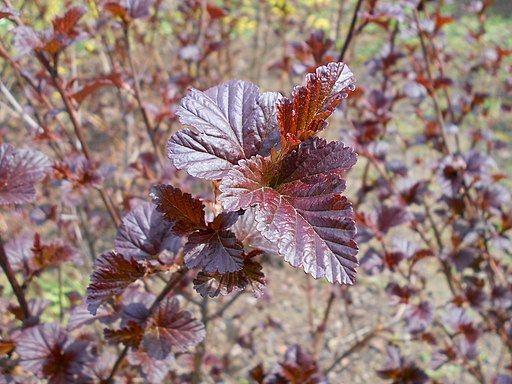
Possumhaw vibernum (Viburnum nudum) – This vibernum has nice fall color with showy spring flowers. It is a host plant for butterflies and attracts birds. In addition, possumhaw vibernum has edible fruit and can be used in rain gardens. They grow to 12 feet wide and tall and work well as a hedge.
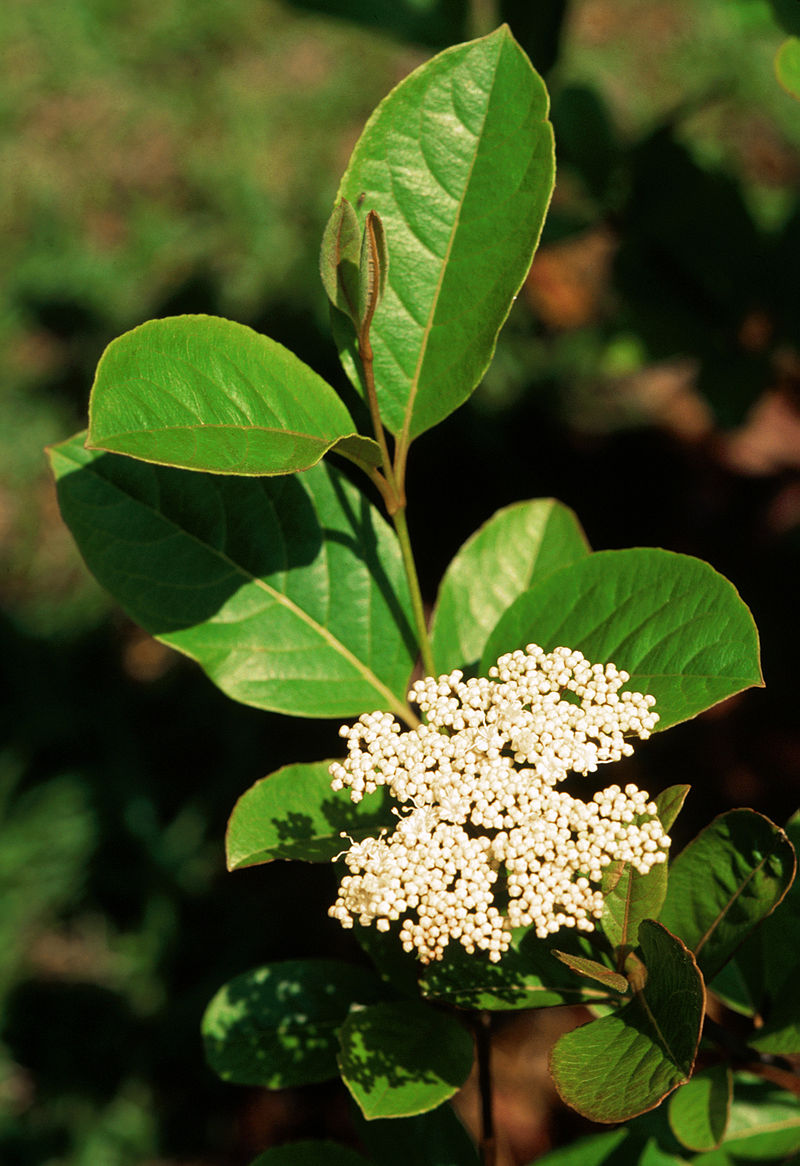
Red chokeberry (Aronia arbutifolia) – Has pretty spring flowers, vibrant fall color and red fruit that persists through the winter. This fruit is an important food source for birds. Birds also use it for nesting and cover. Red chokeberry can be planted as a hedge, used in rain gardens and is tolerant of clay soil. Usually grows to 6 – 8 feet tall and 3 – 4 feet wide. (Variety ‘Brilliantissima’, Phipps Top 10 Sustainable Plant, 2014)
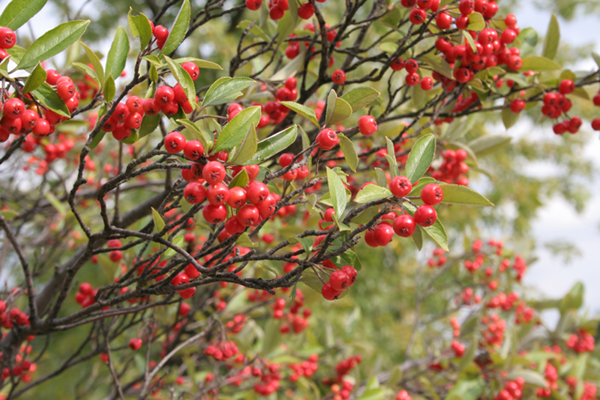
Redvein enkianthus (Enkianthus campanulatus) – Has yellow to orange and red color in the fall with creamy white, bell shaped flowers in the spring. Grows to be 6 – 8 feet tall and 4 – 6 feet wide in full sun to part shade conditions. Prefers acidic, moist soil and is considered deer resistant. (Phipps Top 10 Sustainable Plant, 2012)
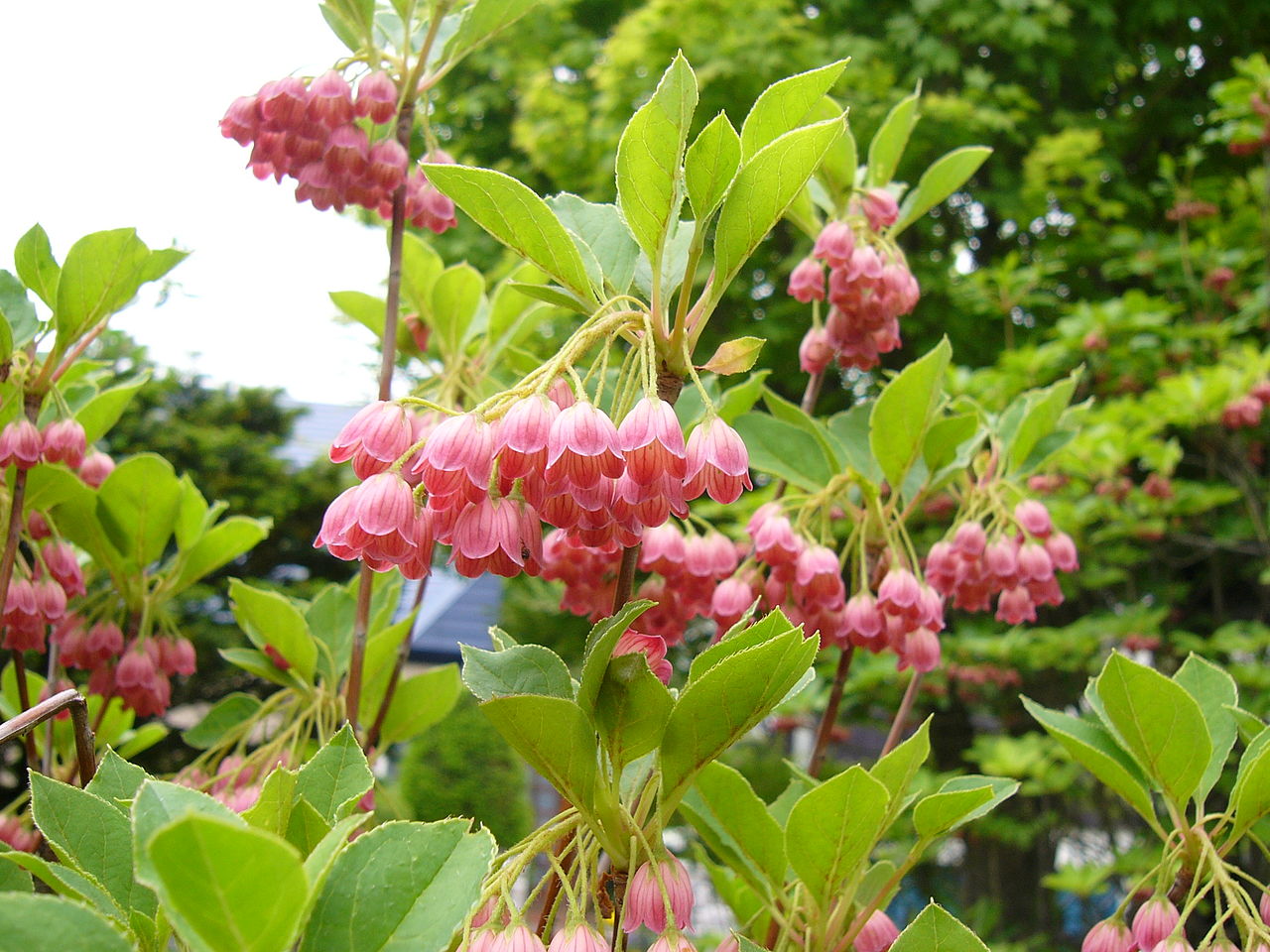
Virginia sweetspire (Itea virginica) – Has great fall color (red, orange and gold leaves) with fragrant white flowers that bloom in late spring/early summer. Virginia sweetspire can be used in rain gardens and tolerates shade and clay soil. Grows to a height and width of 3 – 5 feet. (Phipps Top 10 Sustainable Plant, 2011)
Dwarf fothergilla (Fothergilla gardenii) – Low growing shrub with fragrant, white spring flowers and colorful leaves in the fall. Dwarf fothergilla grow best in acidic, rich soil in full sun. This dwarf variety grows to 3 – 5 feet tall and wide. (Phipps Top 10 Sustainable Plant, 2008)
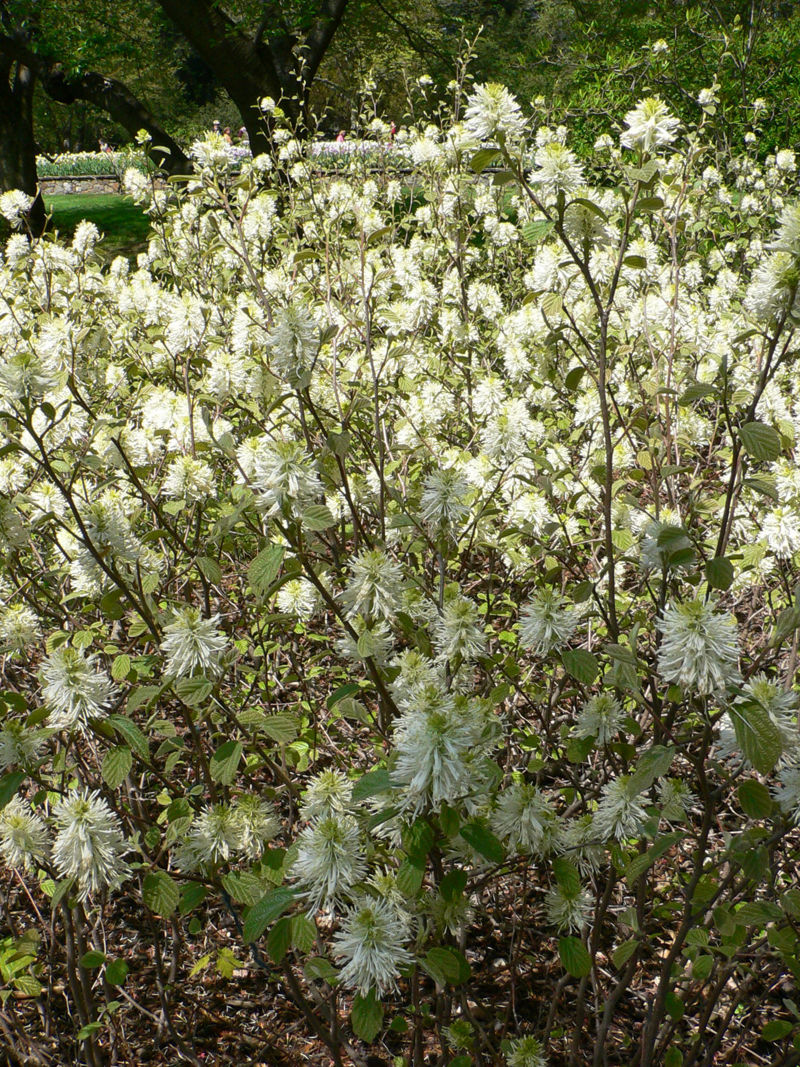
Photos © Kenpei, Abrahim, Salicyha, Randy Nonenmacher, Raulbot, Searobin, Ted Bodner, Bruce Martin
